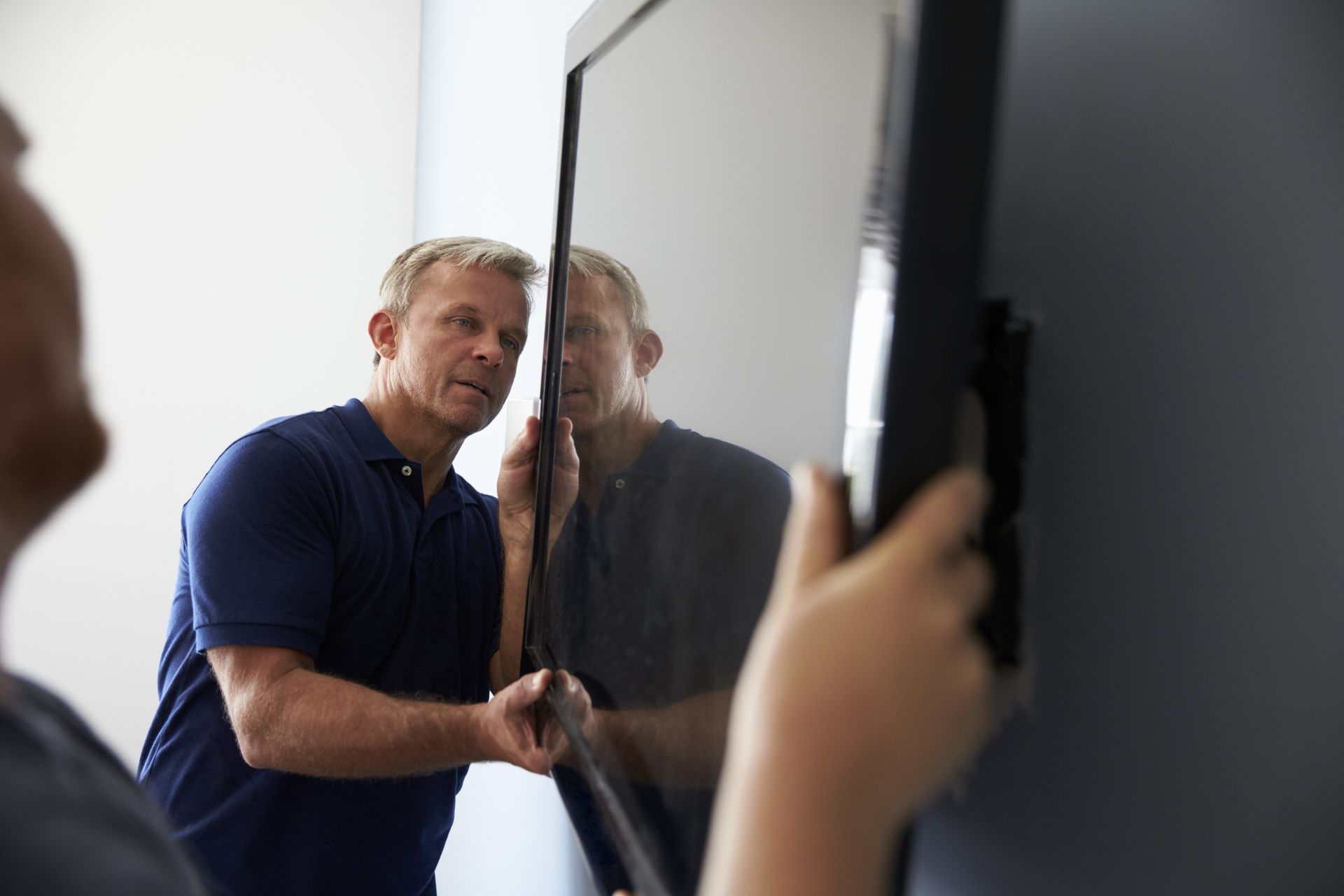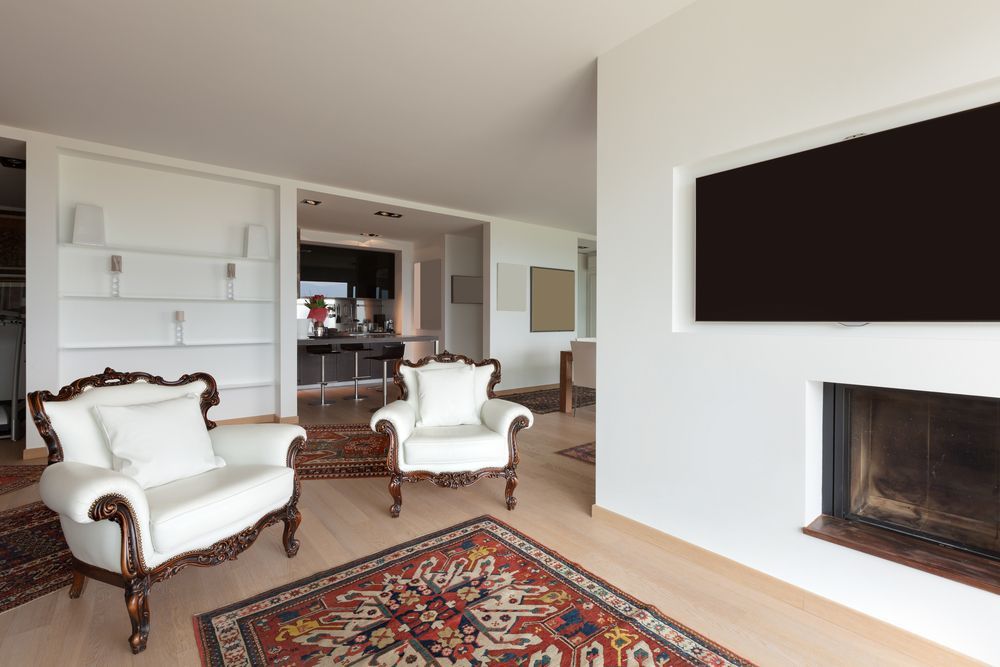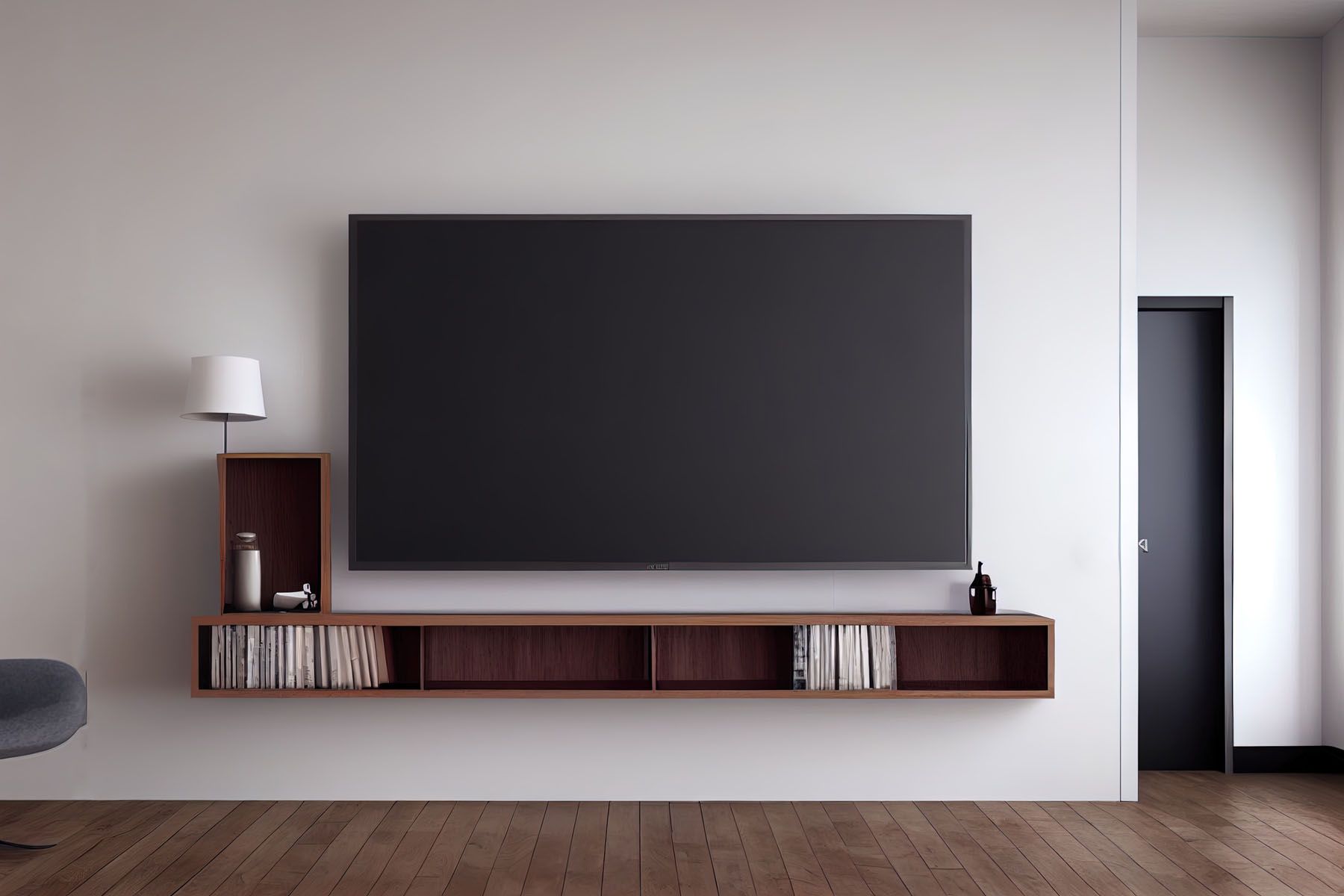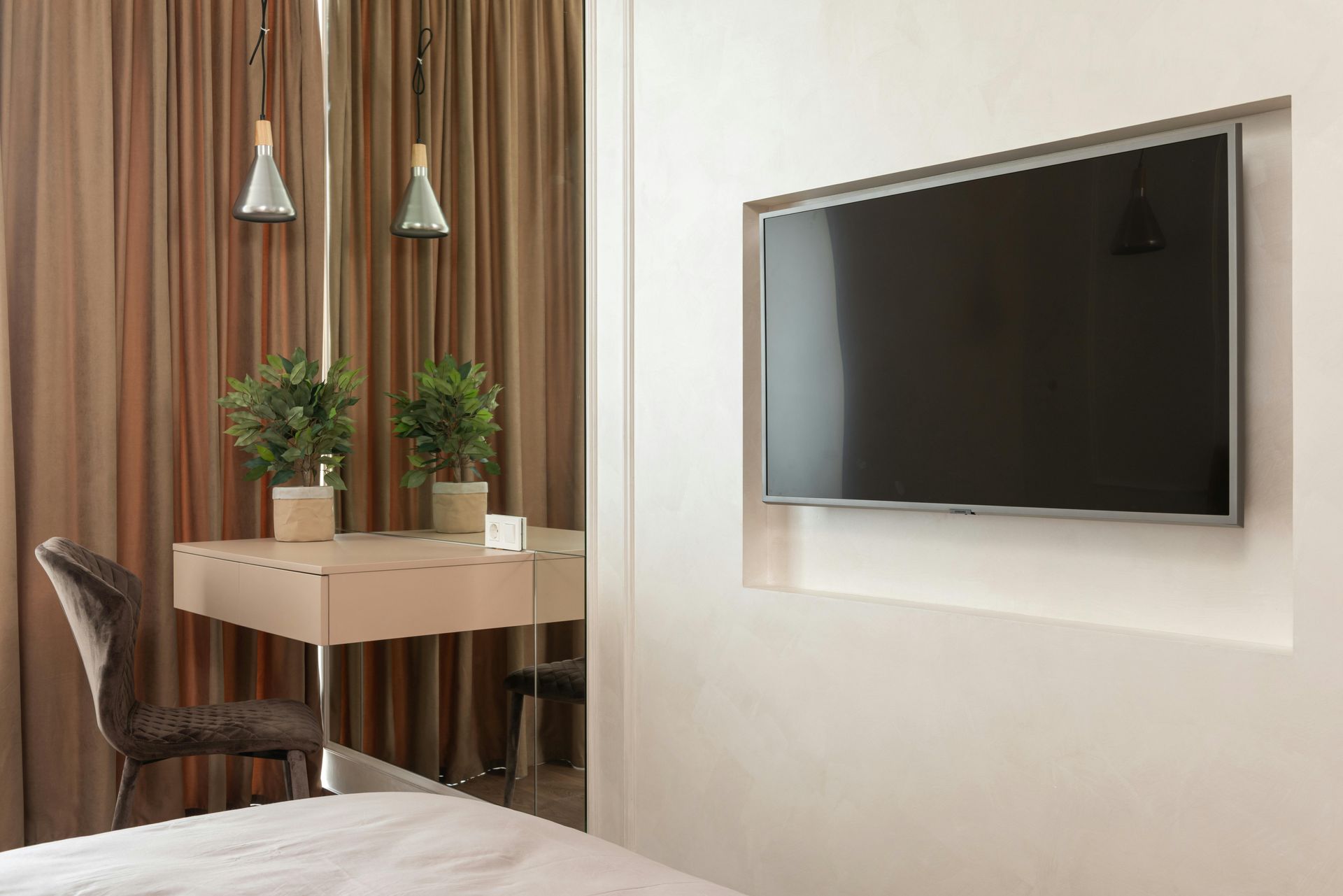The Art of Display: Expert Tips for a Stunning Art Hanging
Introduction
As an art enthusiast, I have always been captivated by the power of a well-curated art display. The way artwork is presented can greatly impact its overall impact and resonance with the viewer. Whether you're a gallery owner or simply looking to enhance the aesthetic appeal of your home, mastering the art of display is essential. In this article, I will share expert tips and techniques for creating a stunning art hanging that will leave a lasting impression. From choosing the right display panels to creative ways of showcasing art prints, we will explore every aspect of art display. So let's dive in and unleash the potential of your artwork!
Importance of Art Display
Before we delve into the specifics of art hanging, it is important to understand the significance of a thoughtfully curated display. The way artwork is presented can greatly enhance its visual impact and emotional resonance. A well-displayed piece of art has the power to evoke emotions, tell stories, and create a memorable experience for the viewer.
One key aspect of art display is the arrangement of artwork in relation to each other. By carefully considering the placement and spacing of different pieces, you can create a harmonious composition that guides the viewer's gaze and enhances the overall aesthetic appeal.
Additionally, a well-curated display can elevate the perceived value of artwork. When art is presented in a professional and visually appealing manner, it conveys a sense of care and attention to detail. This can make a significant difference in how your artwork is perceived and valued by potential buyers or art enthusiasts.
Types of Art Display Panels
Display panels play a crucial role in the art hanging process. They serve as the foundation upon which artwork is showcased, and the choice of panels can greatly impact the overall visual appeal. Here are a few types of art display panels to consider:
- Traditional Gallery Walls
- Traditional gallery walls consist of individual frames hung closely together in a grid-like pattern. This classic approach allows for a cohesive display while giving each artwork its own space to shine. It works particularly well for a collection of various-sized pieces, creating a visually dynamic and engaging display.
- Salon-Style Hanging
- Salon-style hanging involves arranging artwork in a slightly more eclectic manner, often with overlapping frames and varying heights. This approach adds a sense of depth and intimacy to the display, creating a visually rich and intriguing arrangement. It works best for larger walls and can be particularly effective when showcasing a collection of smaller artworks.
- Floating Shelves
- Floating shelves provide a unique and modern way to display artwork. By placing artwork on floating shelves, you can achieve a clean and minimalist look while still showcasing your pieces with elegance. This approach works well for smaller artworks or art prints and allows for easy rearrangement and flexibility.
- Picture Rails
- Picture rails are horizontal strips mounted on the wall from which artwork can be hung using wires or cords. This approach offers a flexible and versatile solution for art display. It allows for easy rearrangement of artwork without damaging the walls and provides a sense of verticality to the display. Picture rails are particularly popular in gallery settings where frequent rotation of artwork is required.
Tips for Creating a Visually Appealing Art Display
Now that we have explored the different types of art display panels, let's dive into some expert tips for creating a visually appealing art hanging:
- Plan the Layout
- Before you start hanging artwork, take the time to plan the layout. Consider the size and shape of your wall, the dimensions of your artwork, and the overall aesthetic you wish to achieve. Use measuring tape and painter's tape to mark the positions of the artwork on the wall before making any holes. This will help you visualize the final display and make adjustments as needed.
- Create a Focal Point
- Every art hanging needs a focal point – a central piece that draws the viewer's attention and sets the tone for the entire display. Choose a standout artwork that resonates with you and build the rest of the arrangement around it. This will create a sense of hierarchy and balance in your display.
- Balance and Symmetry
- When arranging multiple pieces of artwork, strive for balance and symmetry. Distribute the visual weight evenly throughout the display by alternating large and small pieces, dark and light colors, and different subject matters. This will create a harmonious composition that is visually pleasing and engaging.
- Consider the Surrounding Environment
- Take into account the surrounding environment when planning your art hanging. Consider the lighting conditions, wall color, and other elements in the room that may impact the visual impact of your artwork. Adjust the display accordingly to ensure that your artwork stands out and complements the overall aesthetic of the space.
Choosing the Right Display for Different Types of Artwork
Different types of artwork require specific display techniques to truly shine. Let's explore some best practices for displaying different types of artwork:
- Paintings
- When displaying paintings, it is important to choose a display method that enhances the visual impact of the artwork while providing proper support and protection. Traditional gallery walls or salon-style hanging are excellent choices for showcasing paintings. Ensure that the frames are sturdy and secure, and consider using anti-glare glass to minimize reflections and enhance the viewing experience.
- Sculptures
- Sculptures require a different approach to display due to their three-dimensional nature. Consider placing sculptures on pedestals or shelves to give them prominence and allow viewers to appreciate them from different angles. Pay attention to lighting to highlight the textures and details of the sculptures, creating a captivating display.
- Art Prints
- Art prints offer a more versatile and affordable way to display artwork. They can be easily swapped out or rearranged to create a fresh and dynamic display. Consider using floating shelves or picture rails to showcase art prints. These methods allow for easy rearrangement and provide a clean and modern aesthetic.
- Mixed Media Artworks
- Mixed media artworks often combine different materials and textures, requiring a display method that showcases their unique qualities. Consider using shadow boxes or custom frames to protect and enhance the visual impact of mixed media artworks. Experiment with different display techniques to find the arrangement that best highlights the various elements of the artwork.
Creative Ways to Display Art Prints
Art prints offer endless possibilities for creative display. Here are a few ideas to inspire you:
- Gallery Wall Collage
- Create a gallery wall collage by combining different art prints with varying sizes and frames. Play with different arrangements and configurations until you find a composition that is visually engaging and tells a story. This approach works particularly well in living rooms or hallways, where you can create a captivating visual journey.
- Clipboards or Clothespins
- For a more casual and versatile display, consider using clipboards or clothespins to hang art prints. This method allows for easy rotation and rearrangement of prints, making it perfect for those who like to change their decor frequently. Hang them on a blank wall or create a dedicated art display area in your home.
- Grid Display
- Create a clean and minimalist display by arranging art prints in a grid pattern. Use identical frames and consistent spacing to achieve a cohesive look. This method works particularly well for a collection of art prints with a similar theme or style.
- Oversized Art Prints
- Make a bold statement by displaying oversized art prints as standalone pieces. Choose a large-scale print that captures attention and becomes the focal point of the room. Frame it with a simple and modern frame to let the artwork shine.
Lighting Techniques for Showcasing Artwork
Proper lighting is crucial for showcasing artwork and enhancing its visual impact. Here are some lighting techniques to consider:
- Natural Light
- Take advantage of natural light whenever possible. Position artwork near windows or skylights to benefit from the soft and diffused light. Be mindful of direct sunlight, as it can fade and damage artwork. Use curtains or blinds to control the amount of light entering the space.
- Spotlighting
- Spotlighting is a popular technique for highlighting individual artworks or creating a dramatic effect. Install adjustable spotlights or track lighting to direct focused beams of light onto the artwork. Experiment with different angles and intensities to achieve the desired effect.
- Ambient Lighting
- Ambient lighting, such as wall sconces or recessed lighting, can provide a warm and inviting glow to the entire art display. Consider using dimmable lights to adjust the intensity based on the desired mood and viewing experience.
- LED Lighting
- LED lighting offers a versatile and energy-efficient solution for art display. LED light strips can be easily installed behind frames or shelves to create a subtle and even illumination. LED lights are available in various color temperatures, allowing you to customize the lighting to suit the artwork and the overall ambiance of the space.
Hanging and Arranging Artwork in a Gallery or Home Setting
Whether you are setting up an art gallery or arranging artwork in your home, the process of hanging and arranging artwork follows similar principles. Here are some key considerations:
- Height and Eye Level
- Hang artwork at eye level to ensure optimal viewing experience. The center of the artwork should be at approximately 57-60 inches from the floor. However, if you have high ceilings or are creating a more dramatic effect, you can adjust the height accordingly.
- Grouping Artwork
- When arranging multiple pieces of artwork, consider grouping them based on theme, style, or color palette. This will create a cohesive and visually engaging display. Experiment with different configurations until you find the arrangement that best complements the artwork and the space.
- Consistency and Alignment
- Maintain consistency and alignment when hanging artwork. Ensure that the tops or centers of the frames are aligned to create a clean and organized look. Use a level and measuring tape to achieve precise alignment.
- Experiment and Adapt
- Don't be afraid to experiment and adapt your art hanging as you go. Move artwork around, try different arrangements, and listen to your intuition. The process of hanging and arranging artwork is a creative endeavor, and sometimes the best results come from unexpected combinations.
Art Hanging Tools and Materials
To achieve a professional and secure art hanging, it is important to have the right tools and materials. Here are some essential items to consider:
- Picture Hooks or Hangers
- Invest in high-quality picture hooks or hangers that can support the weight of your artwork. Choose hooks or hangers based on the type of wall you are working with, such as plaster, drywall, or brick. Be sure to follow the manufacturer's instructions for proper installation.
- Measuring Tape and Level
- Accurate measurements and alignment are key to a successful art hanging. Invest in a good quality measuring tape and a level to ensure precise placement and alignment of artwork.
- Anchors and Screws
- For heavier artworks or when working with drywall or plaster walls, anchors and screws provide extra support and stability. Choose anchors and screws that are appropriate for the weight of your artwork and the type of wall.
- Wall Putty or Adhesive Strips
- Wall putty or adhesive strips can be used to secure lightweight or smaller artworks without the need for nails or screws. They provide a non-damaging and reversible solution that is ideal for renters or those who frequently rearrange their artwork.
Professional Art Hanging Services
If you prefer to leave the art hanging process in the hands of professionals, there are experienced art hanging services available. These professionals have the expertise and tools to handle artwork of all sizes and types. They can provide valuable advice on display techniques and ensure a secure and visually appealing installation.
Conclusion
Mastering the art of display is a journey that requires a combination of creativity, attention to detail, and a deep appreciation for the artwork. By following the expert tips and techniques shared in this article, you can create a stunning art hanging that showcases your artwork in the best possible light. From choosing the right display panels to exploring creative ways to display art prints, there are endless possibilities to elevate the visual impact of your artwork. So embrace your inner curator, experiment with different arrangements, and let your artwork come to life. Remember, every art hanging is a unique expression of your creativity and passion.
Get in touch with Hangman Mounting & Installation for your Wall Art & Mirror Hanging Service needs.










